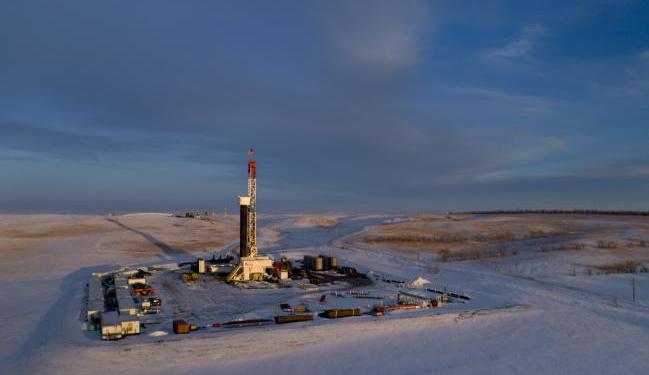After six months of falling feedstock costs, the North American polypropylene (PP) market is heading into H2-2015 with some of the most competitive prices in the global market, as per Argus Media.
Towards the end of 2014, US PP prices carried a significant premium to international prices, driving many US buyers to consider importing resin, despite logistical challenges and transport costs that previously made imports nearly unthinkable. However, during H1-2015, feedstock propylene prices fell to their lowest level in six years due to booming production from high refinery utilization rates and a heavier feedslate in ethylene crackers. The drop in feedstock costs, as well as a short supply position for polypropylene for much of the year, allowed US producers to expand margins by around 5.5¢/lb so far in 2015, with additional margin expansion on the table for coming months. Even with the margin expansion, prices at the end of June were 21¢/lb lower than in June of 2014, ending talk of imports coming into the US. “There is no question that the change in world prices is what dried up the imports coming in,” one buyer said.
In addition to demand from consumers hoping to grow their businesses in traditional polypropylene sectors, the lower prices have driven some interest in substitution from other resins, such as polystyrene and even polyethylene. However, the amount of substitution possible is limited by ongoing tightness. The tight supply situation is expected to continue through 2015 and into the next few years. While propylene supplies will continue to increase, particularly as new propylene dehydrogenation units come online starting this year, polypropylene supply will continue to be limited by the capacity of aging assets.
So far, only one major producer, Formosa Plastics, has announced any new capacity. In July, the company said it will build a new polypropylene line at its Point Comfort, Texas site. So far, no capacity or start date for the facility has been announced.


























